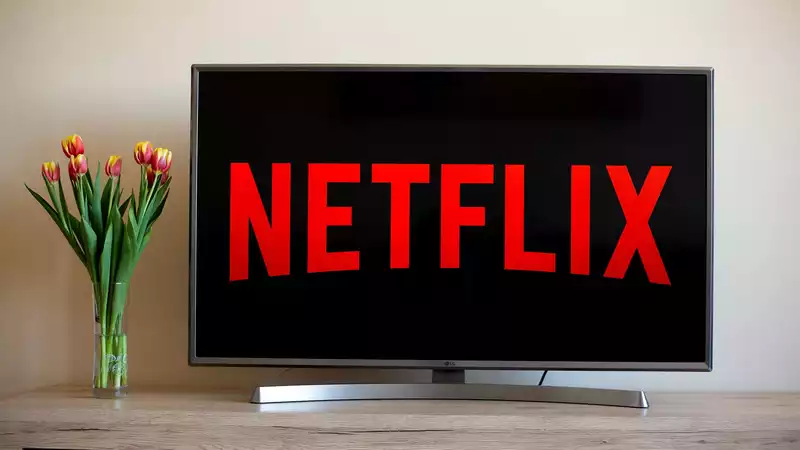At some point last year, you may have noticed that 4K Netflix HDR streams looked better. And now Netflix has explained why: Netflix has completed the transition from fixed ladder HDR encoding to Dynamically Optimized (DO) HDR encoding.
The details of Netflix's HDR-DO are explained in a fairly technical blog post here, which is basically how Netflix optimizes both the quality and efficiency of its 4K streams across all supported devices According to Netflix, the results are as follows:
But Netflix has another important advantage. The "HDR-DO ladder takes up, on average, only 58% of the storage space compared to a fixed bit-rate ladder.
This feat was achieved by placing the ladder points more efficiently, the company continues. For example, "three QHD (2560x1440) points are placed in the 6-7.5 Mbps range, and four 4K points are placed in the 8, 10, 12, and 16 Mbps ranges, as was done with the fixed ladder.
This improvement is the result of work going back several years. It began with the HDR version of VMAF (Video Multi-method Assessment Fusion), where the company analyzed stream quality through a series of objective and subjective tests.
Normally, this would have been done in a lab environment with test subjects, but the pandemic made that impossible, so the company worked with Dolby Laboratories and instead created "subjective tests of 4K-HDR content using high-end OLED panels in participants' homes calibrated conditions".
The company's VMAF is format-agnostic and measures Dolby Vision and HDR10 programs independently, with plans to open source them once they are ready for use outside of Netflix's internal pipeline.
"Once HDR-VMAF is released," the company promises, "it will be more accurate in predicting perceived quality and easier to use "immediately.
This is all very nice, but this is still coming at a time when households are finding it increasingly difficult to justify the Netflix premium after a series of price increases.
In order to watch the 4K HDR video that this improvement brings, you will need to pay $22.99 per month for Netflix at the time of this writing. The most recent price increase was two months ago, meaning the premium has not only increased 28% in 20 months, but has nearly doubled from $11.99 just eight years ago.
Granted, Netflix today is very different than it was then; in 2016, "Stranger Things" was still new, and Netflix originals were still something of a novelty, not the bulk of the content people subscribed to.
Likewise, $23 is a significant monthly expense that some people struggle to justify. Especially when it partially subsidizes the cost of adding content like "Grand Theft Auto" to Netflix's mobile game package.










Comments